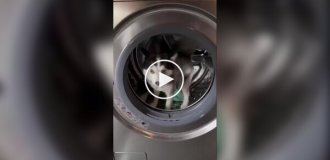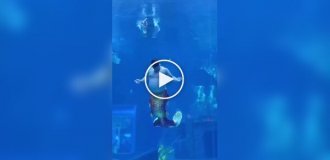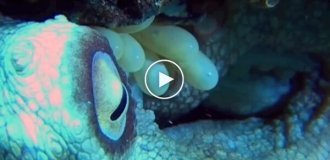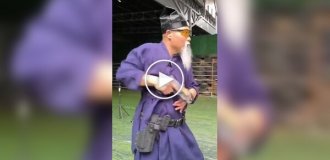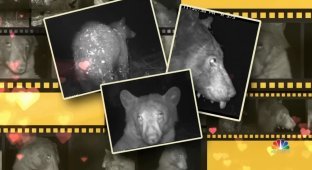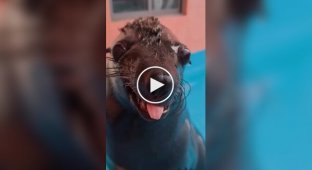A red spot that helps seagulls interact with chicks (7 photos)
Releasers are signals that cause instinctive reactions in animals. There are a great many of them in nature. Let's look at some examples. 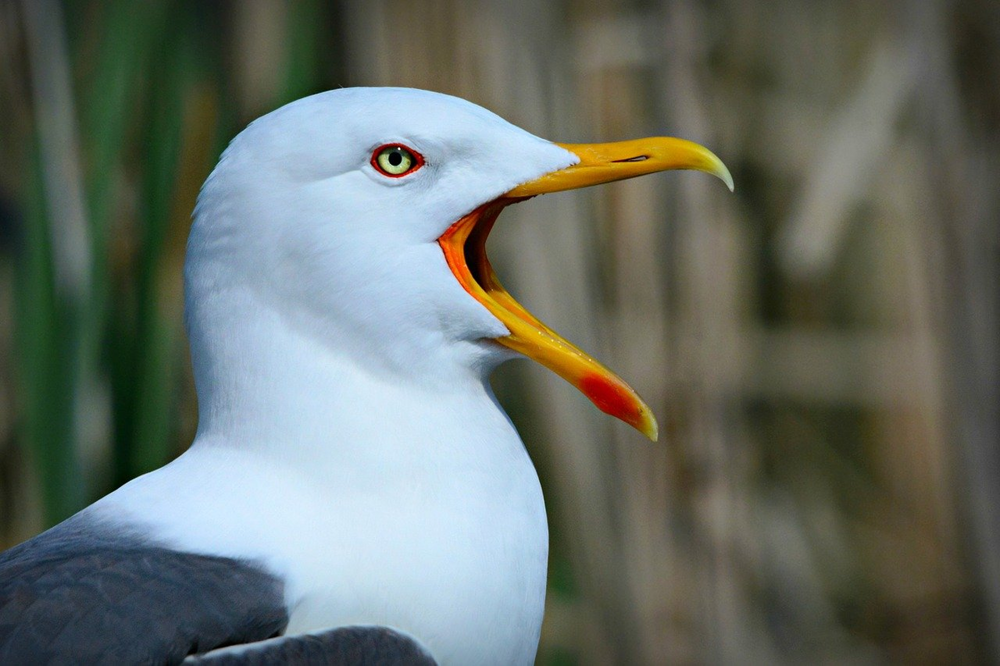
A seagull is an essential attribute of any open water space. The color corresponds to the sea landscape: white, gray, black shades. Patronizing coloring, which, with some confluence circumstances can play a masking role. So bright colors doesn't seem like a place. But wait, what does she have there on the beak? Red spot?
It is so rich, bright, eye-catching, is not it? And you are not alone. You are sure chicks who want to eat will understand this. As soon as they see on the horizon, the parental beak with red, they immediately they concentrate on it and stretch right there. Why? All simple: touching the mark, they will receive a treat from their parents! 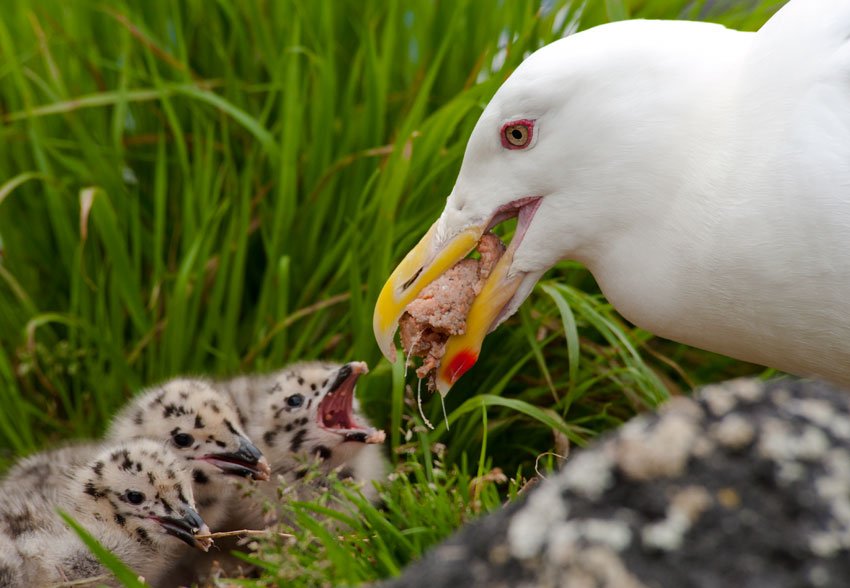
This spot is called a releaser - a special signal that causes instinctive reactions in animals. Scientists have even carried out experiment. They created several stuffed adult gulls and dyed their beaks are in different colors. Black, gray - the chicks were deprived such a scarecrow with attention entirely. About pleading behavior was out of the question. Things went better with yellow but this interest was fleeting, and requests to eat after him still didn't follow. But it was worth appearing right coloring page with that same red dot, the gulls began to demand food. 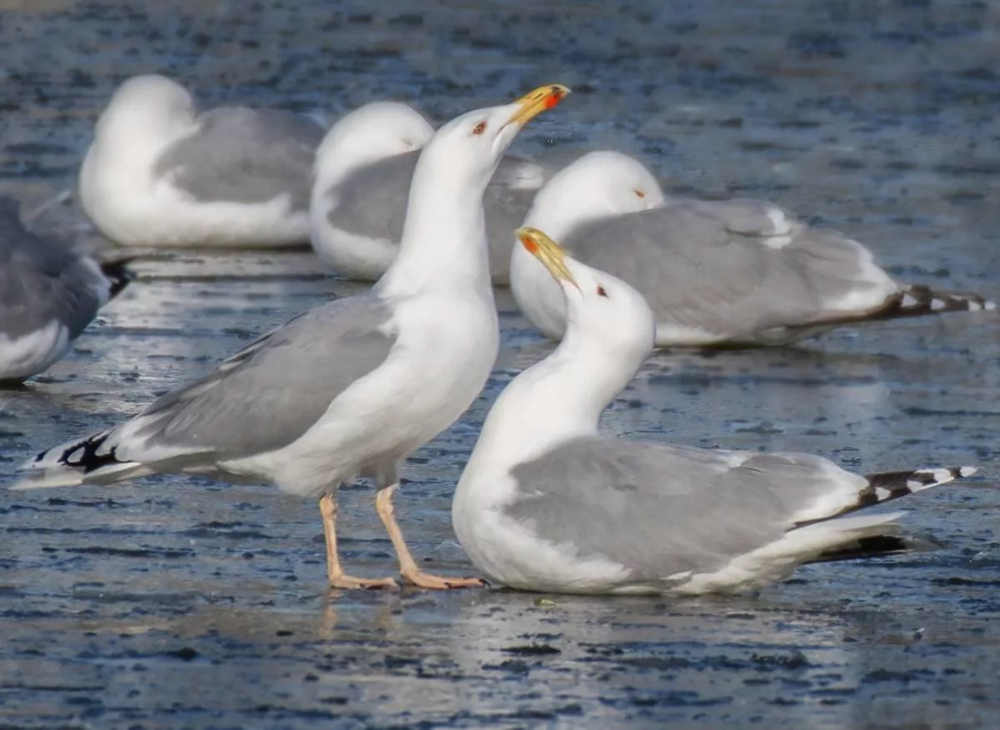
The response of an adult gull to the attention of a cub, when he sticks his beak into the mark, he is also a releaser. Otherwise, the feathered parent will just stand nearby and stick into space, not particularly in a hurry to share lunch. Actions the chick provokes regurgitation of food, the seagull simply does not think and feeds. 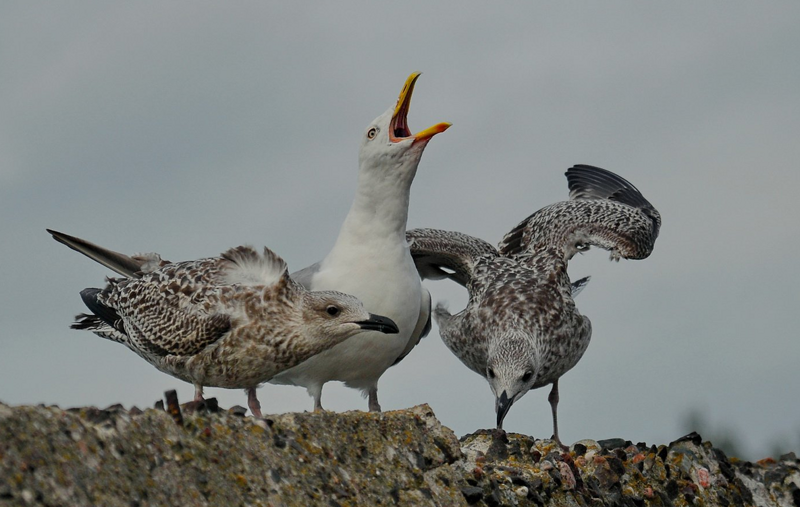
There are a lot of releasers in nature. They can be not only visual, but also tactile, auditory. For example, owls that have not yet opened their eyes begin to eat only under a special baying-grunting sound from adult owls. If it will not, the baby will refuse to open his mouth. Even your head not turned towards the parent. 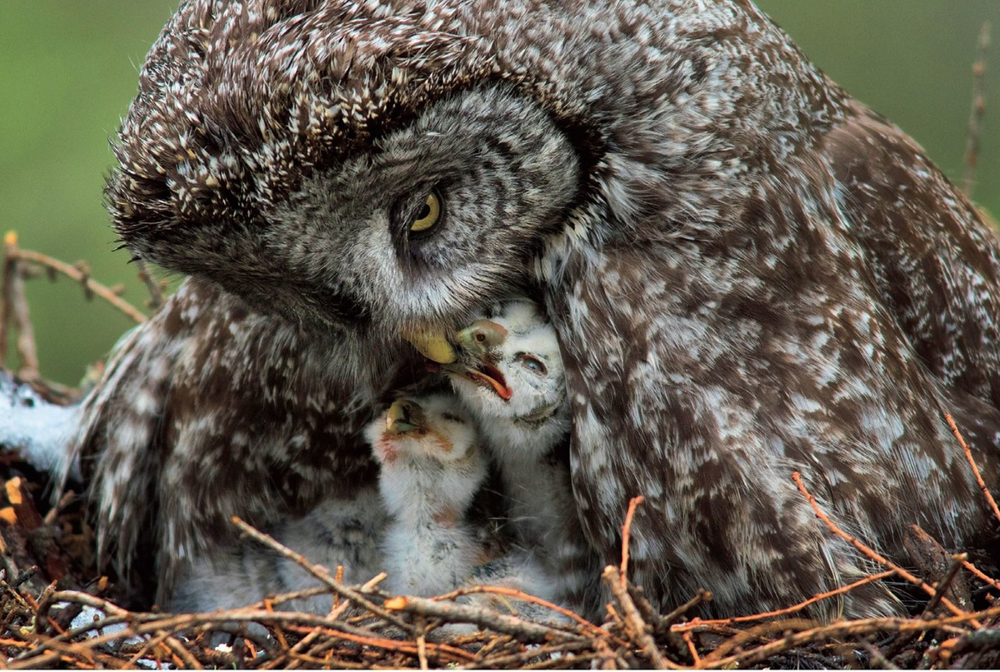
Another example: blind chicks of songbirds react and open their yellow mouth to the slightest push of the nest. Exactly then parent arrives. The adult, in turn, instinctively reacts to a wide open bright mouth. And if the bird child decides keep the beak shut, forcibly shove the gift to him mom or dad will not. 
Some chicks have special marks in their mouths: dots and circles that attract the parent's eye even more.
This releaser is actively exploited by cuckoos. Not only that their chicks are bigger than the chicks of the adoptive parents, so is the mouth they are wider and brighter. Caring warblers, wagtails, robins and other nannies willy-nilly put all the food they get into their mouths cuckoo on the machine, completely ignoring their own chicks. Their mouth is not so bright and attractive. 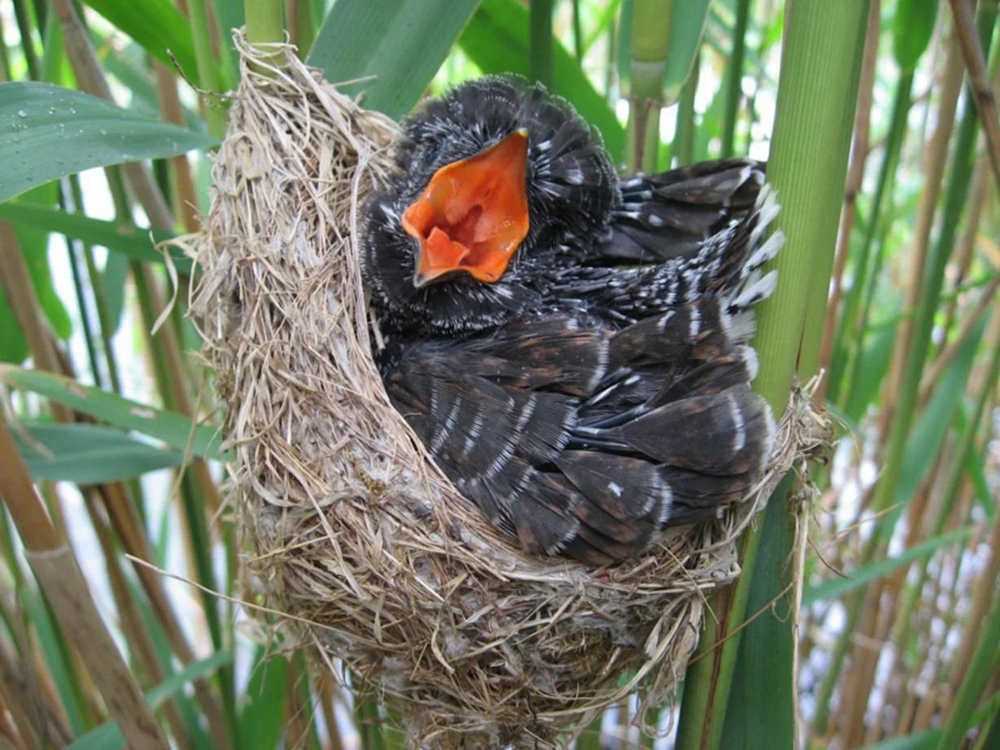
I'm going to put food here!

